
National Oyster Day 2025: Coastal Award Flights & Waterfront Stays
The Shellfish Holiday Everyone’s Talking About
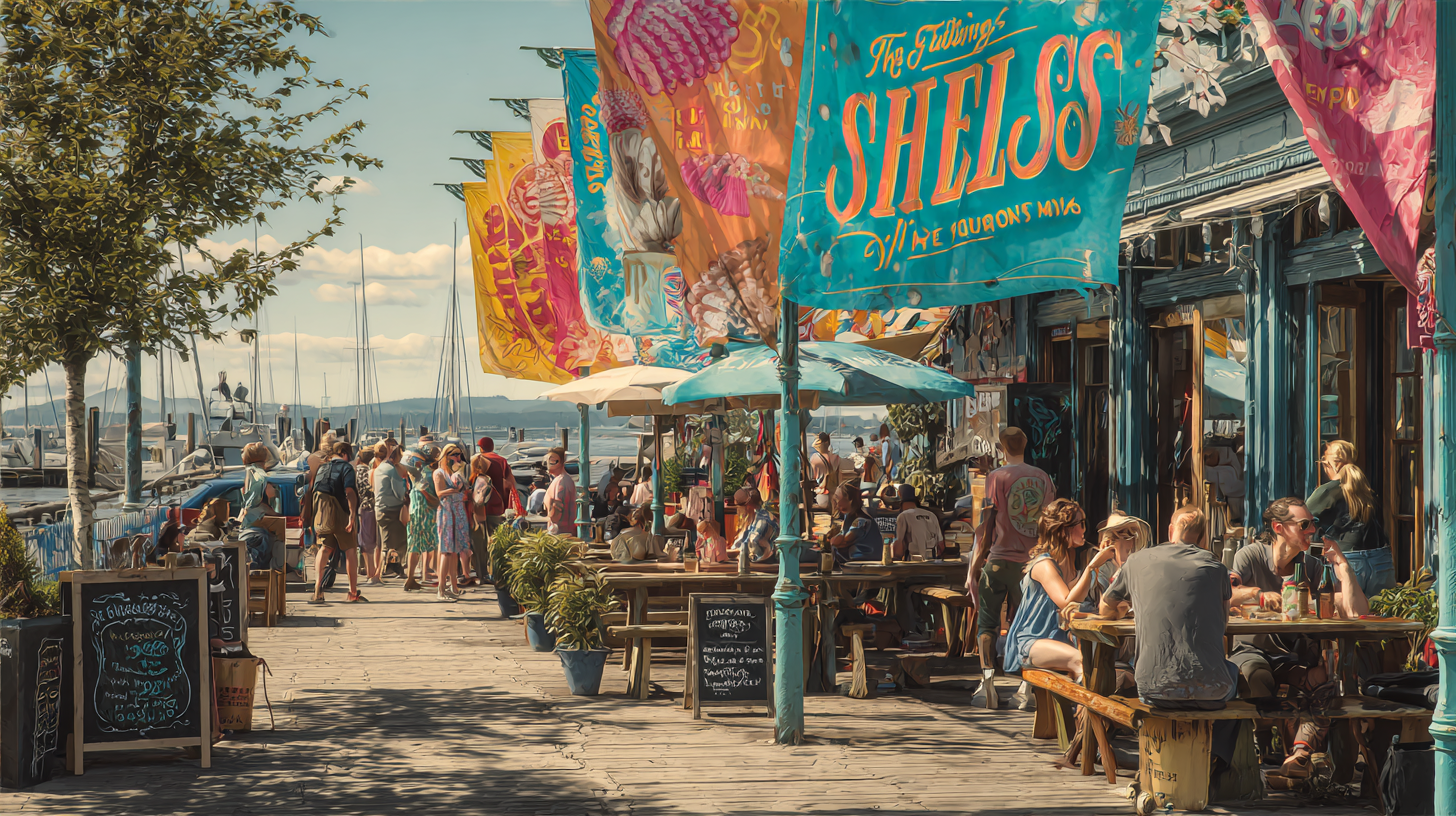
I’ve always loved how National Oyster Day, officially on August 5, stretches beyond a single date in the calendar. Each year, I see it pop up in January and March, too, which gives me multiple chances to slurp fresh oysters and discover new coastal flavors. In 2025, I’m noticing the celebrations ramp up even further with creative culinary twists like champagne-and-dozen combos at Delray Beach’s City Oyster, and surprising martini pairings in trendy Miami spots.
According to a recent NOAA Fisheries report, the United States is a world leader in oyster production, harvesting tens of millions of pounds annually. All those oysters represent a significant economic and environmental impact—especially for smaller harvesting communities that rely on sustainable shellfish farming. Whenever I attend these events, I make it a point to learn how local growers are giving back to the environment, often by helping preserve coastal reefs that support marine life.
In my own experience, chatting with the oyster farmers themselves is like opening a window into a whole new world. I’ve been amazed by the dedication it takes to maintain pristine growing conditions, and I’ve come to appreciate just how robust and resilient these shellfish can be. Whenever I meet another shellfish enthusiast, I always swap ideas on how to find the best oyster bars, especially around National Oyster Day in August.
Chesapeake Bay’s 2025 Oyster Festival
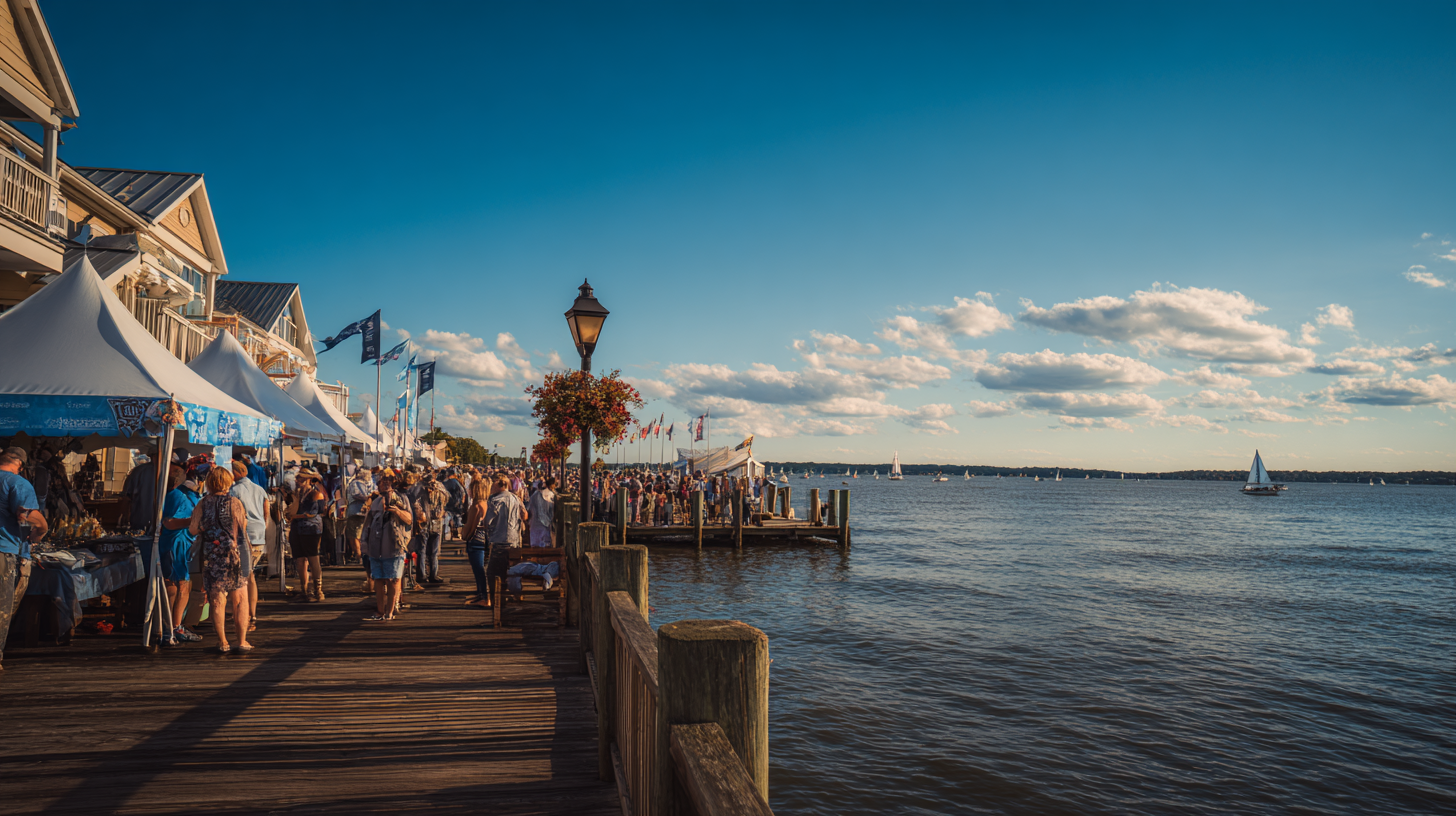
The Chesapeake Bay region hosts one of the biggest oyster events from August 15–17, 2025, showcasing fresh Maryland oysters, cooking demonstrations, artisan markets, and competitive shucking contests. I’ve seen families and foodies pack the festival grounds, lured by the promise of live music and charitable auctions that benefit local conservation efforts. Later in the season, on October 2, 2025, the “World is Your Oyster Fest” continues at the B&O Railroad Museum, turning oyster appreciation into a fundraiser for restoration projects and featuring gourmet shellfish creations paired with craft cocktails.
In my travels to Maryland, I’ve noticed just how enthusiastic the local community is about preserving oyster reefs for generations to come. According to the Oyster Recovery Partnership, restoration initiatives help filter the Bay and boost marine biodiversity. There’s something inspiring about a festival that combines fun, food, and philanthropy. Whether you’re grabbing a succulent raw oyster slider or watching a skilled chef turn a simple oyster into a masterpiece, the Chesapeake Bay celebrations make it feel like a genuine hometown affair.
I also love hearing from the families who have grown up in the seafood industry for decades. Many share stories of late-night harvests, new shell recycling programs, and the modern techniques used to protect waterways from overharvesting. It’s a testament to how communities can thrive when environmental stewardship is front and center.
Coastal Celebrations From Washington to Florida
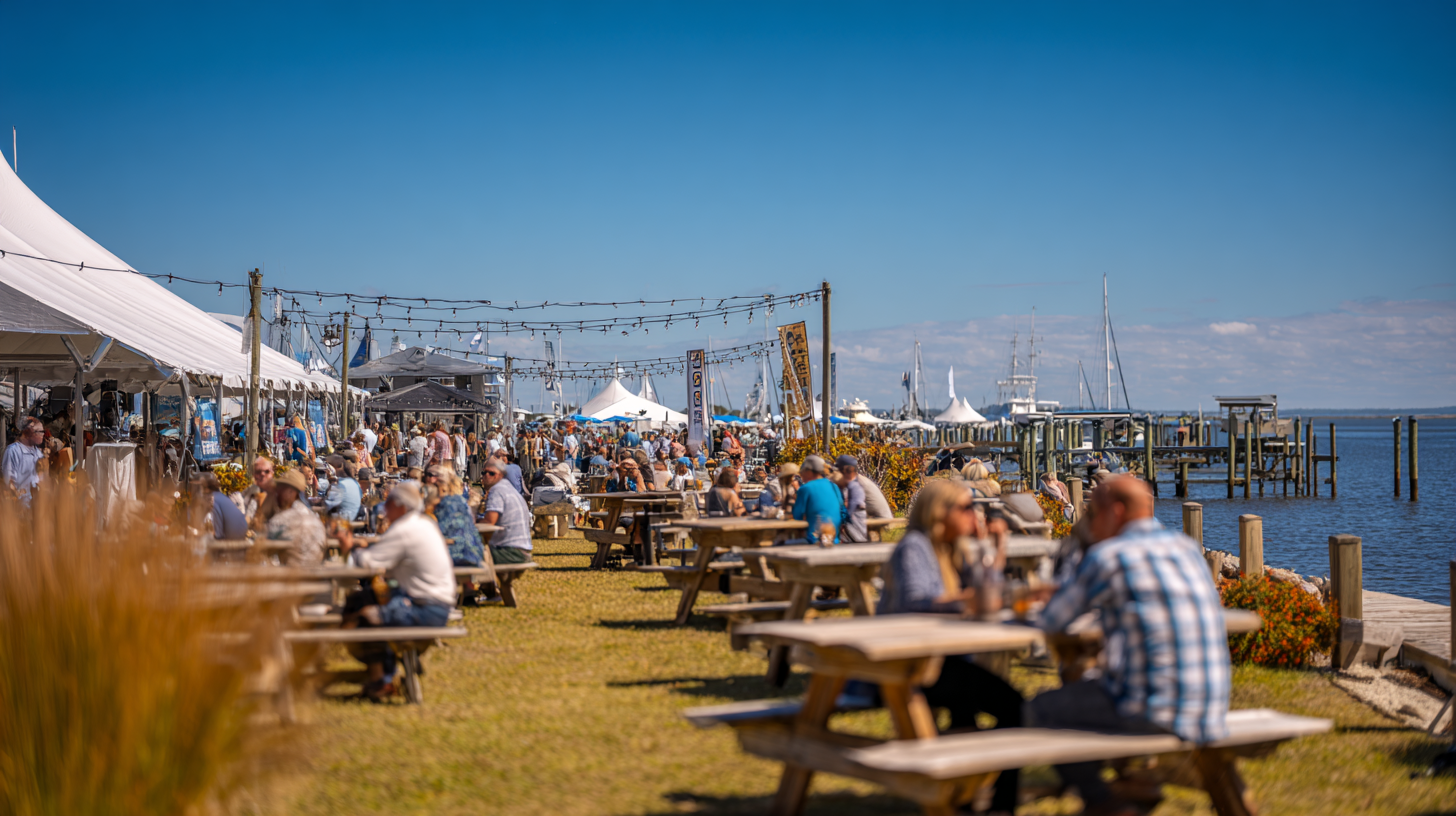
I’ve learned that oyster festivals are a coast-to-coast phenomenon, with the Hama Hama Oyster Rama in Washington and the BC Shellfish Festival near Comox up in Canada drawing thousands of curious guests. I’ve braved drizzly weather just to crack open a fresh half-shell and sip on local craft beer at those Pacific Northwest gatherings—there’s an undeniable camaraderie among shellfish aficionados who don’t mind a little rain for a great seafood feast.
Meanwhile, in Massachusetts, Wellfleet hosts lively contests where everyone cheers on the fastest shuckers in the region. Florida’s Apalachicola follows suit with fresh-caught oysters that deliver a sweet, buttery taste found nowhere else. Delaware joins the fun with its 2nd Annual Inland Bays Oyster Week (August 3–7), where visitors can explore hatcheries, ride along on boat tours, or even kayak through brackish estuaries teeming with young oysters. I find that each stop has a unique local twist—Massachusetts might be known for its briny shells, while Florida’s gulf oysters take on a creamier, mellow flavor profile.
On top of the flavor journeys, many of these festivals showcase the social side of ocean conservation, offering parades, children’s activities, and artisan markets. I’ve observed how these family-friendly experiences help educate people about marine habitats and the importance of sustainable harvesting. By the time I leave, I often have a newfound respect not just for oysters but also for the everyday heroes who work behind the scenes to bring them to our tables.
Maximizing Award Flights & Redeeming Hotel Points
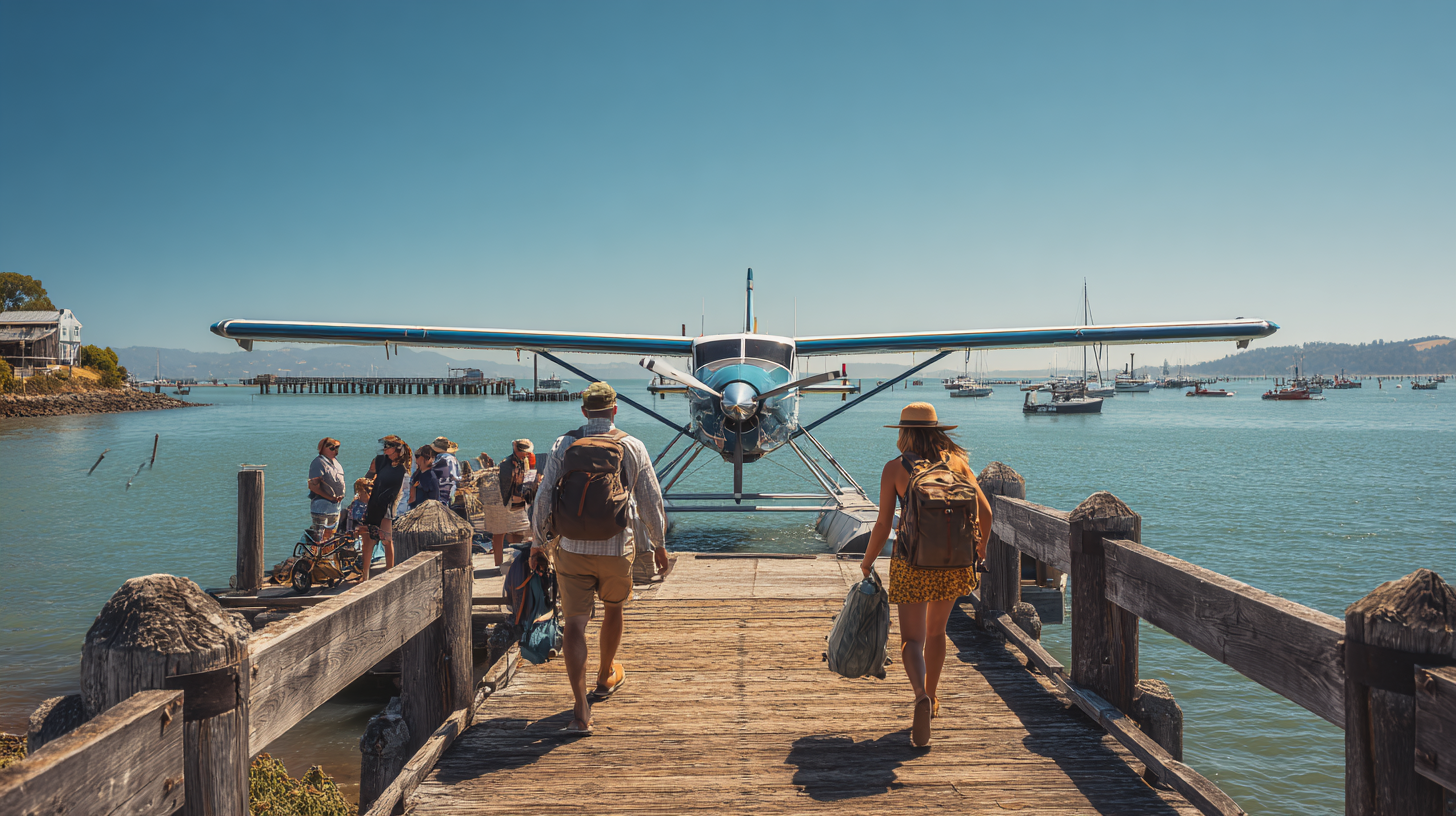
Whenever I plan a multi-stop oyster expedition, I rely heavily on airline loyalty programs to keep my costs in check. I’ll often redeem miles with my favorite carriers to hop between major coastal cities. In 2025, I’m particularly excited about summer and fall award availability that makes it easier to jump from Miami’s cocktail-laden oyster bars to Maryland’s expansive seafood festivals.
Based on industry data, average airfare tends to spike during peak travel seasons, but I’ve noticed you can offset those costs significantly by timing your points redemptions. Major hotel loyalty programs like Marriott Bonvoy, World of Hyatt, and Hilton Honors also come in handy for landing waterfront rooms. My personal tip? Scan the hotel rewards calendars a few months in advance. Sometimes there’s a sweet spot on midweek nights, especially around lesser-known oyster hubs, where you can stretch your points further.
Additionally, I like to keep an eye on promotional partnerships that pop up between airlines and event organizers. For example, certain festivals might partner with a specific carrier to offer bonus miles or a discounted fare code. Stacking these deals can transform an expensive travel itinerary into a budget-friendly getaway, leaving more room for tasting flights of briny, buttery oysters.
Extra Dates & Tasty Tidbits
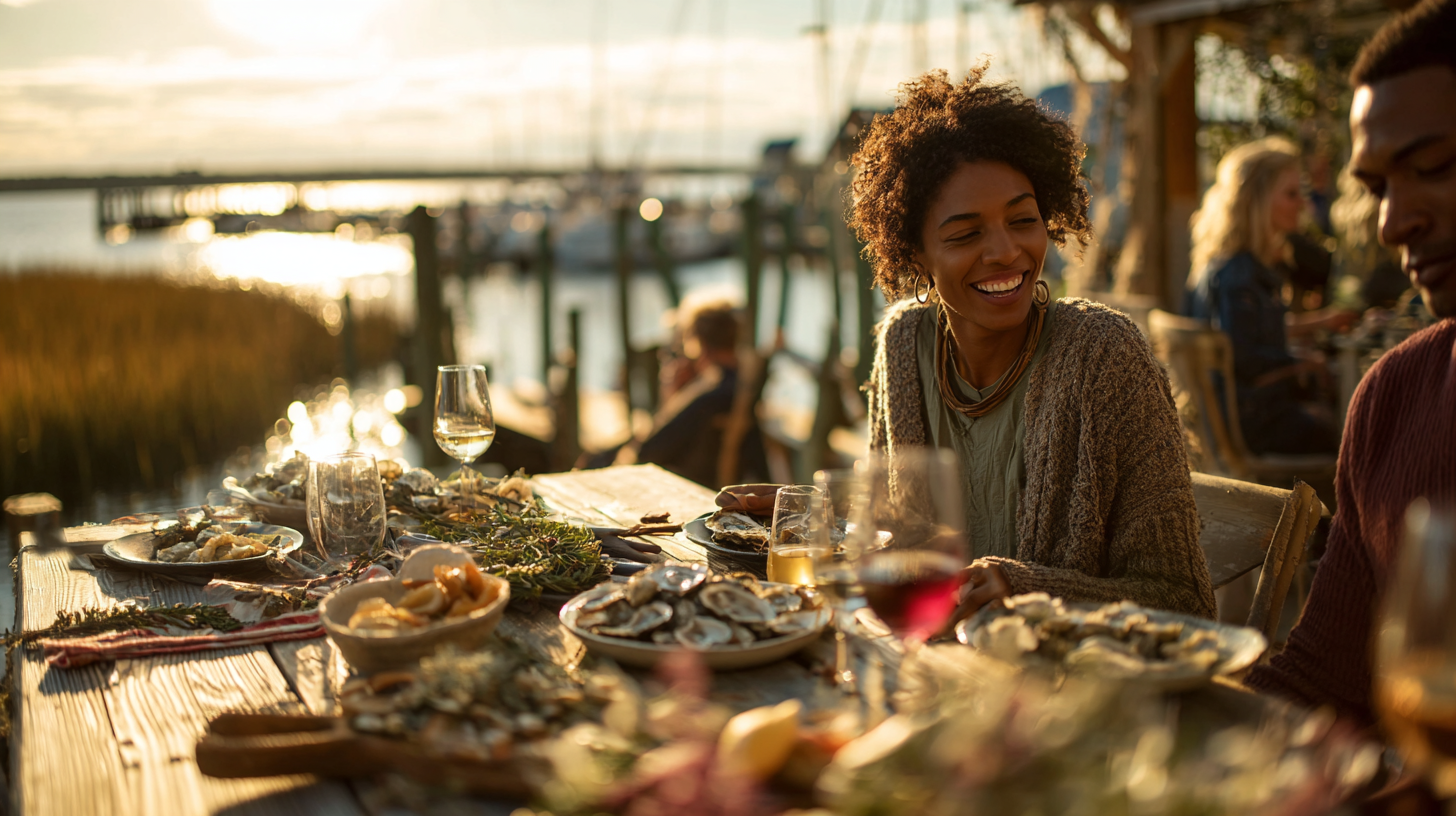
Oyster-lovers can score bonus festival experiences between April and November, with celebrations popping up in places like New York, Connecticut, and even inland cities like Chicago. I’ve attended a few “shuck party” fundraisers that teach you how to safely open an oyster like a pro—though let me just say, it took me several tries (and a few nicks on my fingers) to get the hang of it. These events blend a bit of friendly competition with a lot of laughter.
A recent coastal tourism survey suggests that oysters remain a top draw for culinary tourists who are eager to taste unique regional terroirs. In Connecticut, I discovered a tiny waterside eatery that sources oysters from just down the street, and they had a flavor so fresh you’d swear you were standing knee-deep in the tide. Across the country, local chefs put a creative spin on classics, proving oysters can be anything from a casual snack to a five-star delicacy.
It’s also worth noting how much of a mainstay oysters have become in local sustainability initiatives. Volunteering with reef restoration teams, I’ve seen firsthand how new reefs help protect shorelines from erosion while providing habitats for hundreds of other marine species. Every time I travel for an oyster festival, I’m reminded that these little mollusks are doing a world of good for our waterways.
Final Thoughts
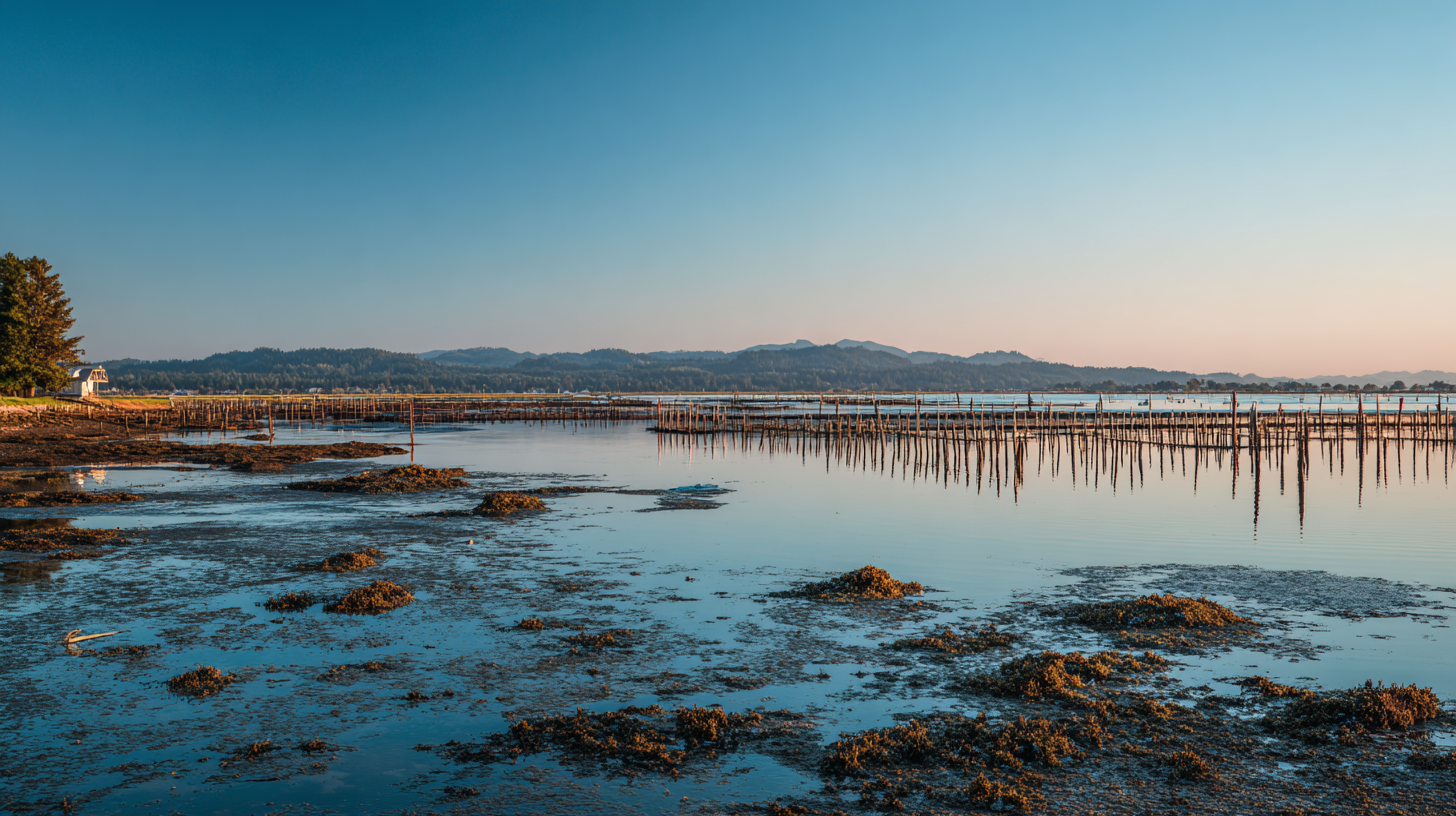
As we dive deeper into 2025, I’m thrilled to see National Oyster Day and its extended festivities drawing more travelers into coastal communities. Local businesses benefit from fresh tourism dollars, and visitors gain an appreciation for how oysters connect us to the natural world. From raw bars to sustainable restoration projects, there’s a sense of purpose behind each oyster shell.
Whether exploring the rugged Pacific Northwest or savoring the warm Atlantic breeze in Florida, oysters offer a sensory journey that merges taste, culture, and ecology. The festivals are a testament to how people across the country unite around good food, local tradition, and a shared love for the great outdoors. It’s more than an excuse to eat well—it’s a chance to see how our personal choices make waves in coastal conservation.
In my view, these oyster-centric gatherings inspire us to think about responsible tourism. By supporting local vendors and conscious oyster farms, we can keep the ecosystem balanced and ensure these celebrations continue to flourish year after year.
Brad Lightall’s Take
Any opportunity to celebrate oysters is a chance to see how innovative we can be in both dining and environmental stewardship. I’ve discovered that small gestures, like choosing locally sourced oysters or attending a festival that supports reef restoration, can make an outsized impact on local ecosystems.
Oysters are living reminders that travel—and the curiosity that comes with it—can bridge the gap between savoring life’s simple gifts and preserving them for the future. That’s why I’m always excited to keep searching for the next great oyster adventure.






























